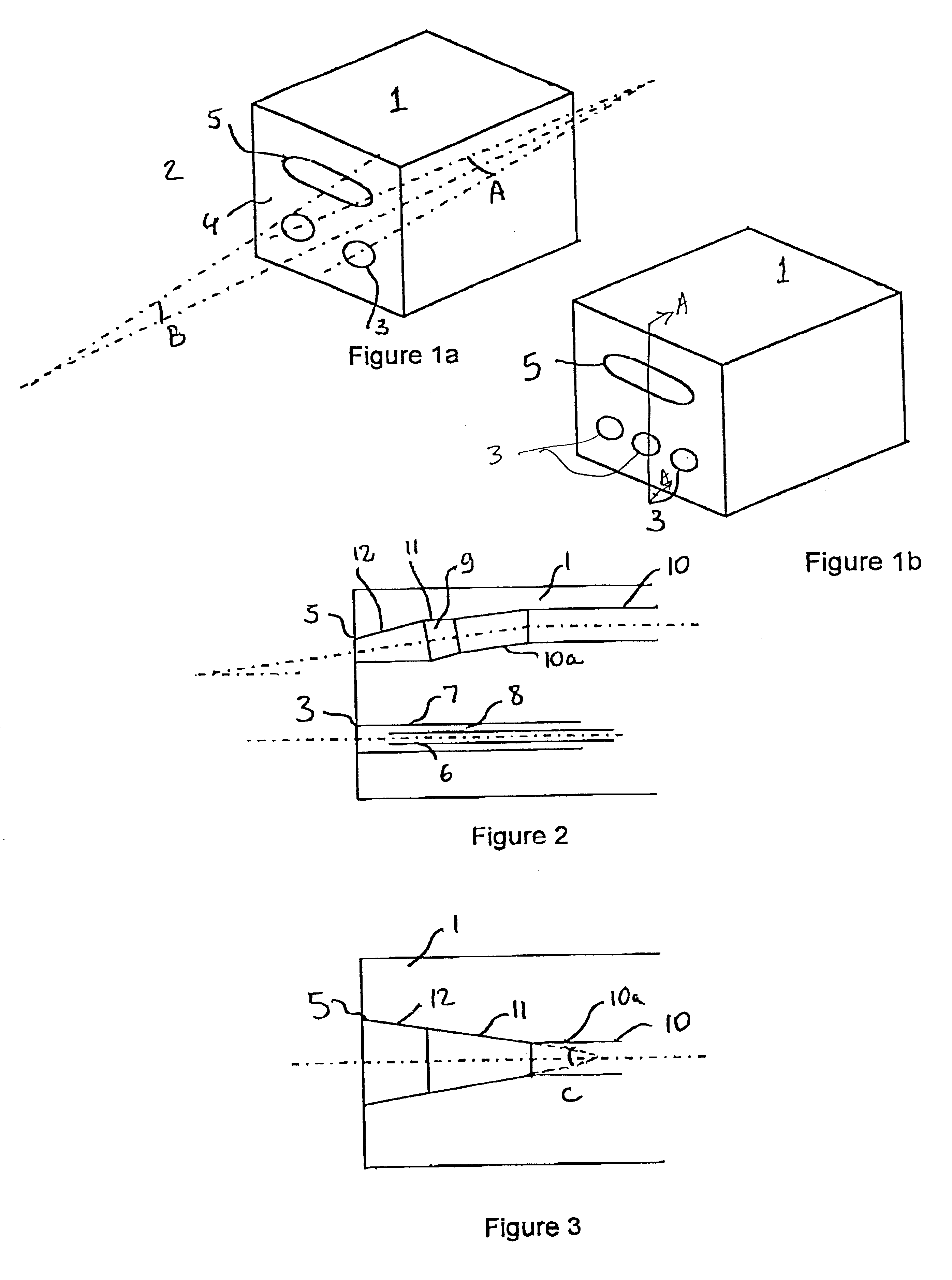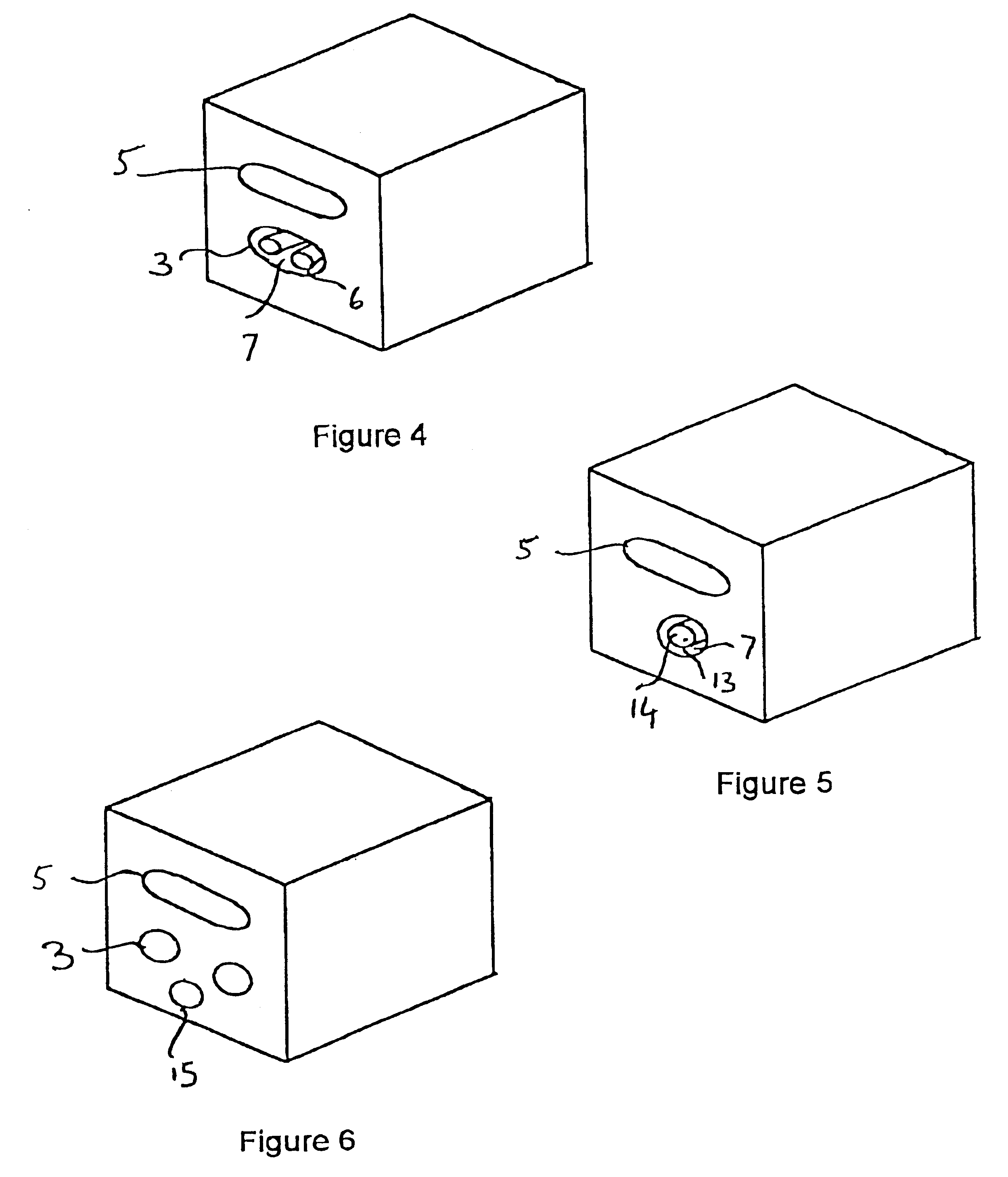Combustion process and apparatus therefore containing separate injection of fuel and oxidant streams
a combustion process and separate injection technology, applied in the direction of combustion types, combustion using lump and pulverulent fuel, lighting and heating apparatus, etc., can solve the problems of inability to eliminate poor quality of products manufactured with material melted in such a furnace, and inability to achieve the effect of eliminating all nitrogen from the furnace in practi
- Summary
- Abstract
- Description
- Claims
- Application Information
AI Technical Summary
Benefits of technology
Problems solved by technology
Method used
Image
Examples
Embodiment Construction
The term "fuel", according to this invention, means, for example, methane, natural gas, liquefied natural gas, propane, atomized oil or the like (either in gaseous or liquid form) at either room temperature (about 25.degree. C.) or in preheated form. The term "oxidant", according to the present invention, means a gas containing oxygen that can support combustion of the fuel. Such oxidants include air, oxygen-enriched air containing at least 50% vol. oxygen such as "lndustrially" pure oxygen (99.5%) produced by a cryogenic air separation plant, or non-pure oxygen produced for example by a vacuum swing adsorption process (about 88% vol. oxygen or more) or "impure" oxygen produced from air or any other source by filtration, adsorption, absorption, membrane separation, or the like, at either room temperature or in preheated form. It is also important to note that, although in most instances it is preferred that the main an secondary oxidants be the same in chemical composition, they cou...
PUM
 Login to View More
Login to View More Abstract
Description
Claims
Application Information
 Login to View More
Login to View More - R&D
- Intellectual Property
- Life Sciences
- Materials
- Tech Scout
- Unparalleled Data Quality
- Higher Quality Content
- 60% Fewer Hallucinations
Browse by: Latest US Patents, China's latest patents, Technical Efficacy Thesaurus, Application Domain, Technology Topic, Popular Technical Reports.
© 2025 PatSnap. All rights reserved.Legal|Privacy policy|Modern Slavery Act Transparency Statement|Sitemap|About US| Contact US: help@patsnap.com



